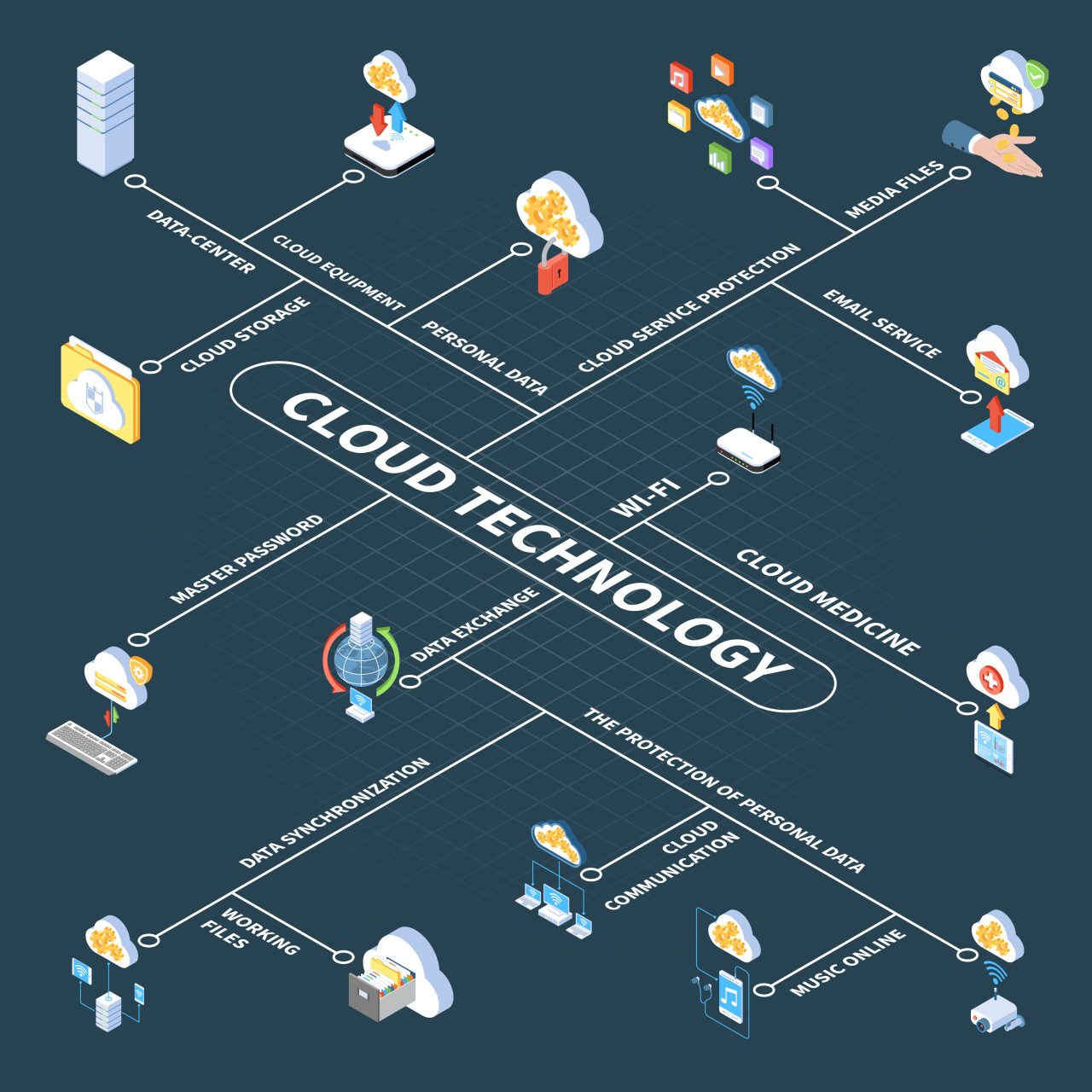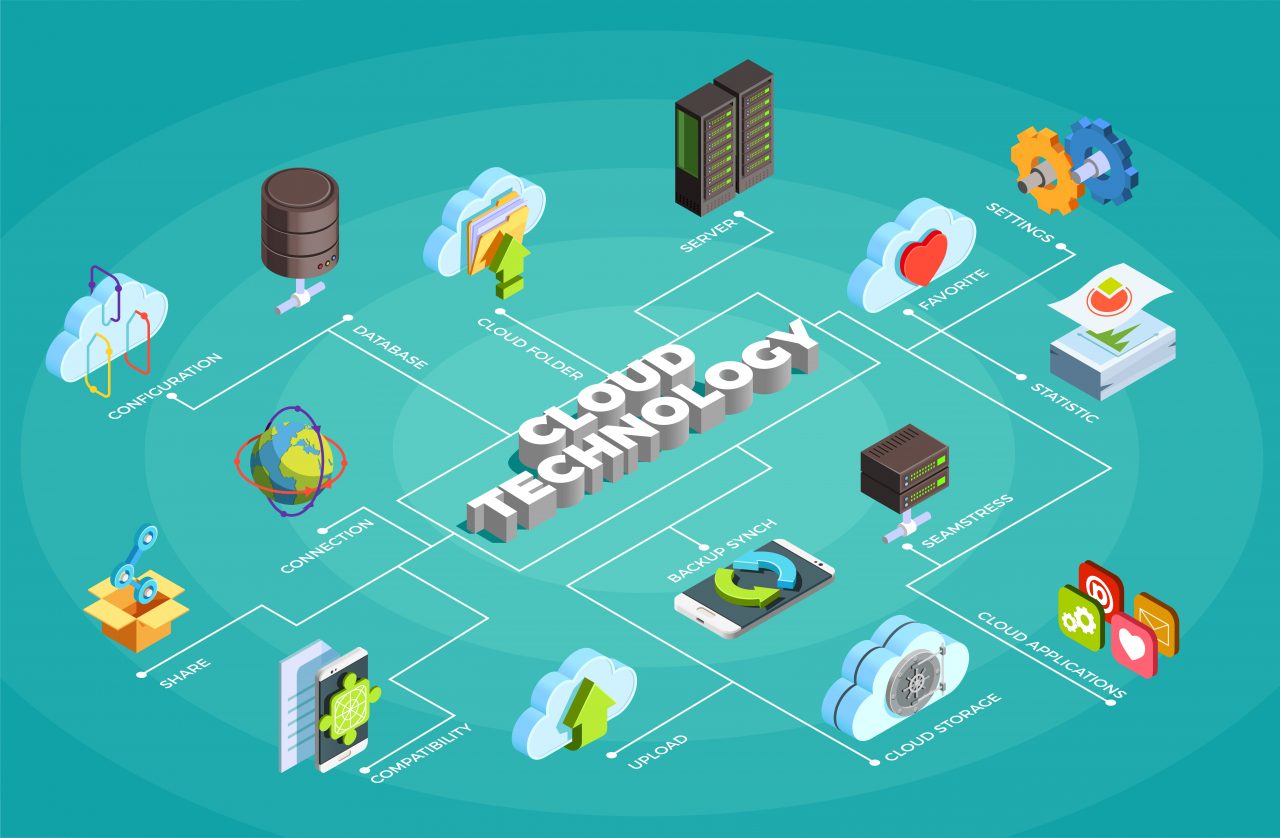Enterprise leaders face a critical technology decision that will define their competitive position for the next decade. Edge computing represents the most significant shift in data processing architecture since cloud adoption, yet many decision-makers remain unclear about its fundamental business impact.

What Edge Computing Means for Your Business
Edge computing moves data processing and storage closer to where information gets generated and used, rather than routing everything through distant centralized servers. This architectural change eliminates the delays inherent in traditional cloud computing models.
Consider your current IT infrastructure. When employees access applications, sensors collect data, or customers interact with your systems, that information typically travels hundreds or thousands of miles to remote data centers for processing before returning with results. Edge computing places processing power at or near these interaction points.
The technology deploys small but powerful computing nodes at strategic locations:
- Branch offices and retail locations
- Manufacturing floors and warehouses
- Mobile base stations and network access points
- Customer premises and field operations sites
This distributed approach fundamentally changes how enterprises handle time-sensitive operations and data-intensive processes.
Why Business Leaders Must Act Now
The competitive implications of edge computing extend far beyond IT optimization. Organizations that delay adoption risk falling behind competitors who leverage edge capabilities to deliver superior customer experiences and operational efficiency.
- Market Timing Pressures: Companies implementing edge solutions today gain first-mover advantages while the technology remains relatively uncommon in most industries. Early adopters establish operational superiority that becomes increasingly difficult for competitors to match.
- Customer Expectation Evolution: Business customers now expect instant responses from enterprise applications. Traditional cloud architectures cannot deliver the sub-second response times that modern business processes demand.
- Regulatory and Compliance Drivers: Data sovereignty requirements increasingly mandate local processing for sensitive information. Edge computing provides compliance solutions while maintaining operational efficiency.
The window for strategic advantage is narrowing rapidly as major technology vendors accelerate edge platform development and deployment.
Where Immediate Value Manifests
Edge computing delivers measurable business improvements across three critical performance areas that directly impact profitability and competitive positioning.
Response Time Optimization: Latency refers to the delay between requesting information and receiving results. Traditional cloud processing introduces a latency of 100–500 milliseconds due to data transmission distances. Edge computing reduces this to 1–10 milliseconds by eliminating long-distance data travel.
This improvement transforms business operations:
- Financial Services: Trading systems execute transactions 50–100 times faster, capturing market opportunities worth millions annually
- Manufacturing: Equipment monitoring systems detect failures 200 milliseconds sooner, preventing costly production shutdowns
- Retail Operations: Point-of-sale systems process transactions instantly, eliminating customer wait times during peak periods
- Healthcare: Medical devices respond immediately to patient condition changes, improving treatment outcomes
Operational Cost Reduction: Edge processing dramatically reduces bandwidth consumption by handling data locally rather than transmitting everything to remote servers. Organizations typically experience:

- 60-80% reduction in data transmission costs
- 40-70% decrease in cloud computing charges for routine processing
- 30-50% improvement in application performance without infrastructure upgrades
- 25-40% reduction in network congestion during peak usage periods
Business Continuity Enhancement: Edge systems continue operating during network outages or cloud service disruptions. Critical business functions maintain availability even when central systems experience problems.
Security Architecture Advantages
Edge computing actually strengthens enterprise security posture when properly implemented. Processing sensitive data locally reduces exposure during transmission and provides better control over information access.
Key Security Benefits:
- Data Locality: Sensitive information remains within controlled premises for routine operations
- Reduced Attack Surface: Less data transmission means fewer opportunities for interception
- Compliance Simplification: Local processing helps meet regulatory requirements for data handling
- Incident Containment: Security breaches at edge locations remain isolated from central systems
However, edge deployments require comprehensive security strategies addressing multiple distributed endpoints. Organizations must implement unified security policies across all edge nodes while maintaining centralized monitoring capabilities.
Implementation Strategy for Enterprise Success
Successful edge computing adoption requires systematic planning and phased deployment rather than wholesale infrastructure replacement.
Phase 1: Use Case Identification. Identify business processes where response time directly impacts revenue or customer satisfaction. Priority areas typically include:
- Real-time customer interactions
- Equipment monitoring and predictive maintenance
- Inventory management and supply chain coordination
- Quality control and compliance monitoring
Phase 2: Infrastructure Assessment. Evaluate existing network capacity, security frameworks, and application architectures for edge compatibility. This analysis determines integration requirements and potential obstacles.
Phase 3: Pilot Deployment. Implement edge solutions for specific use cases before enterprise-wide rollout. Pilot programs demonstrate value while identifying operational adjustments needed for full deployment.
Phase 4: Scaling Strategy Expand edge capabilities across additional locations and applications based on pilot results and evolving business requirements.
Why Manifold Computers
For more than 20 years, Manifold has delivered edge-to-cloud solutions across banking, telecom, manufacturing, oil and gas, health, and the public sector. We deploy on Azure, AWS, VMware, and Hyper-V; harden networks with Cisco and Fortinet; support Dell, HP, and Lenovo hardware; manage Microsoft 365, Veeam, licensing, and around-the-clock monitoring.
If you want applications that feel immediate, resilient, and cost-wise, we are ready to plan, build, and run your edge with you.

